It has been nearly six years since I was a regular commuter on Metro-North. Though my origin point varied—starting off at Brewster, eventually moving to Goldens Bridge, then trying out Southeast, Pawling, and even Wassaic, and eventually finishing off with a reverse commute from Harlem—my destination point was always the same. White Plains. Earlier this month I visited the station, and it felt like I hardly knew the place. Gone were the yellow taxis with their interesting names—no more Desire of Nation or Very Fine Money Fishing—in their stead some run of the mill white taxis. There’s a bright remodeled convenience store, but I miss Gary Waxman, who had departed about a year before my commuting journey ended.
The fabled Tim Hortons, which had been promised for over a year but had never materialized by the time I had stopped commuting, now takes up the space upstairs where the MTAPD had an office, and where a row of black wire benches once were. I spent many hours waiting for trains, observing the wide array of people passing through, and writing this blog while sitting on those benches.
Sure, there were certainly aesthetic improvements. The new look being rolled out at Metro-North stations with the wood ceilings and the modern vibe is definitely better than what was previously there. There’s even some new, attractive art installed through the MTA Arts and Design program. It’s just not the place where everyone the convenience store operator knows your name anymore…
While in this reflective mood, come September it will also be a year since I last worked in the railroad industry. Covid was just another opportunity for my previous employer to do yet another “management” (anyone without a contract) reorganization. If anyone was ever curious why that place doesn’t seem to get a lot done, it’s because the company is almost constantly going through reorganizations—pretty much at least one company-wide every year, and that doesn’t include the additional departmental reorgs when yet another new face is hired near the top of the food chain. I saw some of the most intelligent people I’ve met, who truly believed in the mission of passenger rail, essentially driven out. The department I was in was an endless revolving door—I found a picture of the team that I took close to when I started, of the 25 people pictured only one remains employed there. Besides reorgs being largely ineffective (a Forbes survey found in companies that performed reorgs, more than half of the executives involved did not view the results favorably), constant reorgs make it nearly impossible for any practical long term planning—or basically why the dining cars that Boardman ordered became Anderson’s minimum axle-count cars several years later when they were finally rolling off the assembly line. Twenty-five dining cars at something like $2.3 million each sounds like a lot of wasted taxpayer dollars.
I keep in contact with a few people that remain, and was informed that there is yet another reorg looming. From LinkedIn statuses I see what appears to be a mass exodus of competent (and some incompetent, hah!) employees. And you know what I realized? I don’t miss it. By the end it seemed like an abusive relationship that I never would have left of my own volition. Thankfully, someone else made the decision for me, and I pursued employment at an engineering firm, as I had always found working with engineers to be what I enjoyed most there. The new job is mostly the same, except for the lack of trains.
When all is said and done, perhaps it was never about the trains after all. I just enjoyed learning about new projects, meeting new people, traveling, and capturing it all with my camera. Something that I’ll continue to do in both my personal and professional lives…
But I digress… my return to White Plains was more for research on new collection of stories, as opposed to pure nostalgia. A few upcoming articles I’ve been working on will highlight some of the changes that White Plains has experienced in the past 177 years since the railroad arrived, and two of the major factors that shaped this history—the railroad itself, and the “urban renewal” of the 70s and beyond. Expect those articles, coming soon!
Then again, the more things change, the more they stay the same…

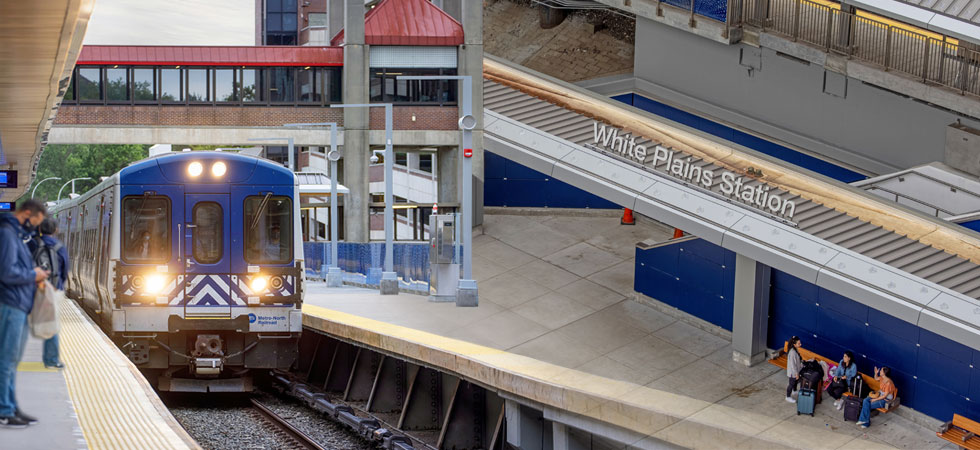
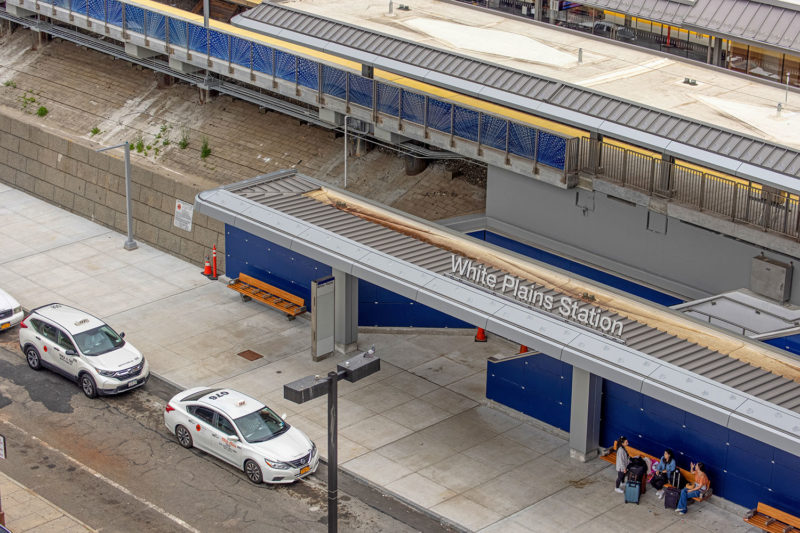
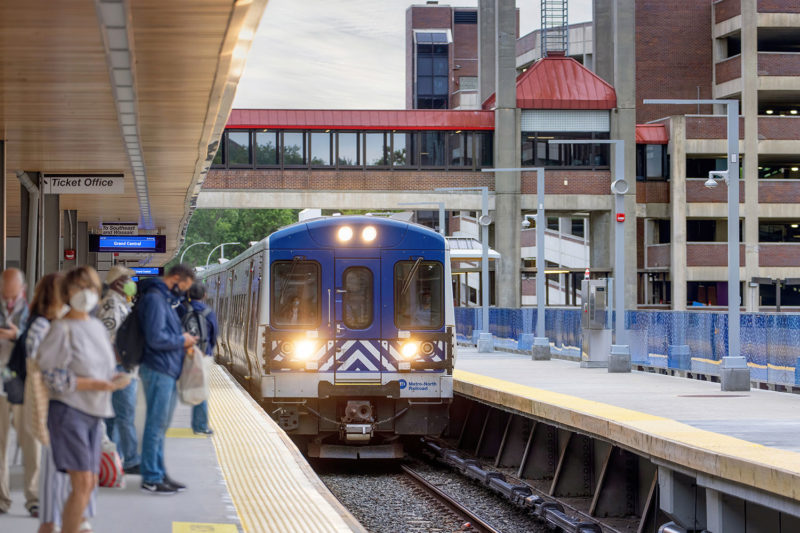
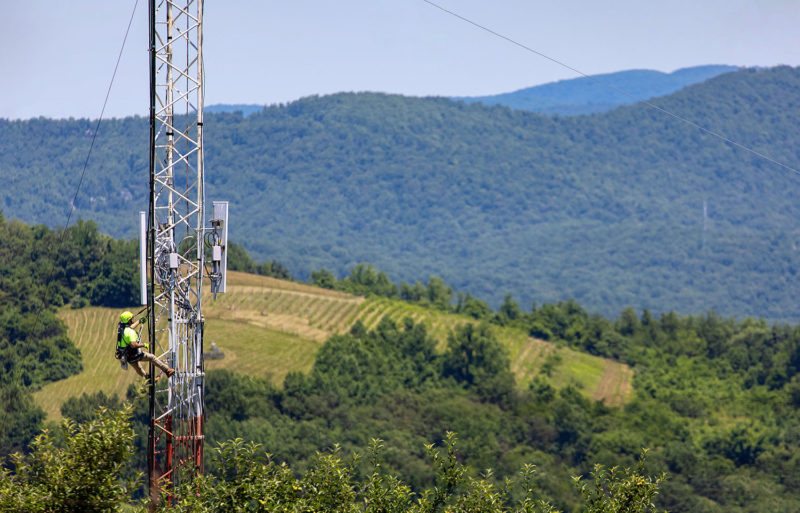
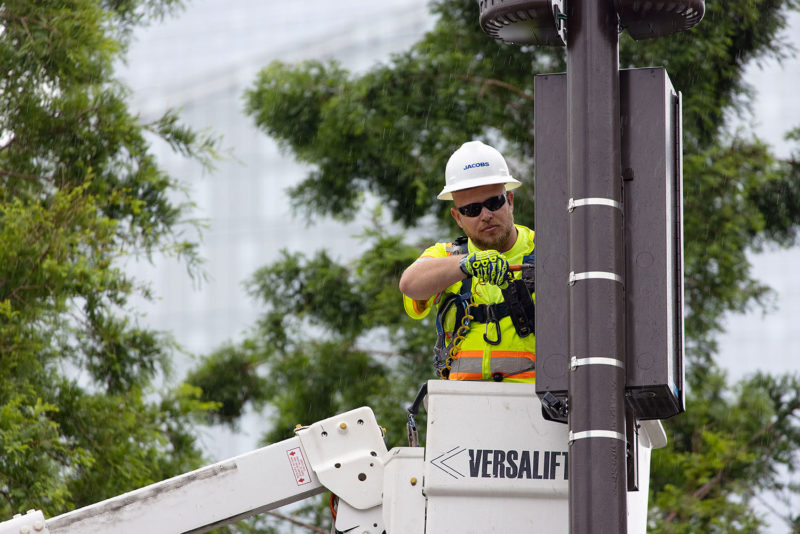

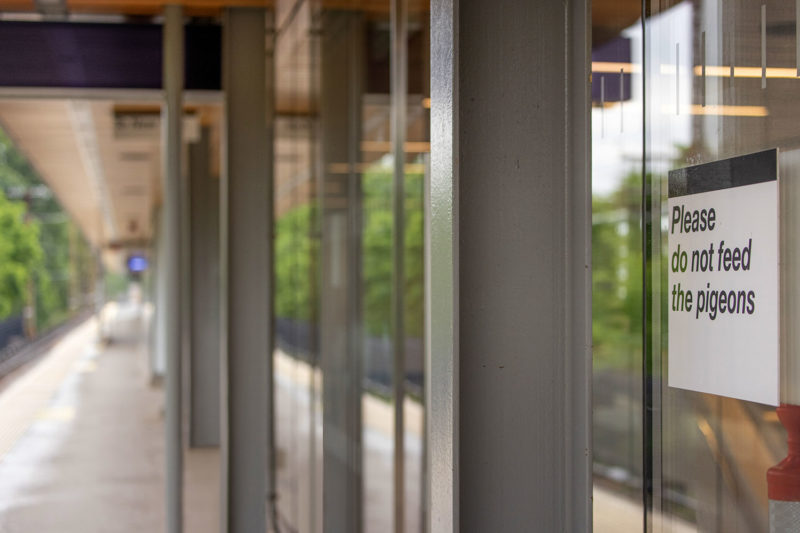
It has never really been about the trains. That’s what makes your blog so interesting.
The trains are a character but it’s really about everything that surrounds them.
I look forward to continuing to join you here on this journey…